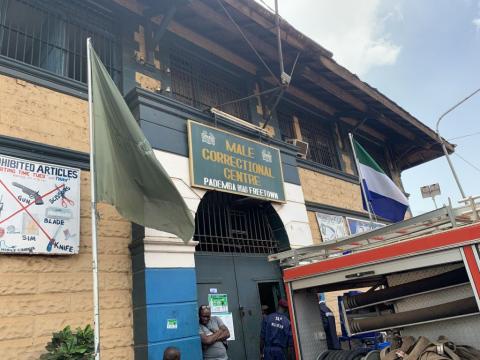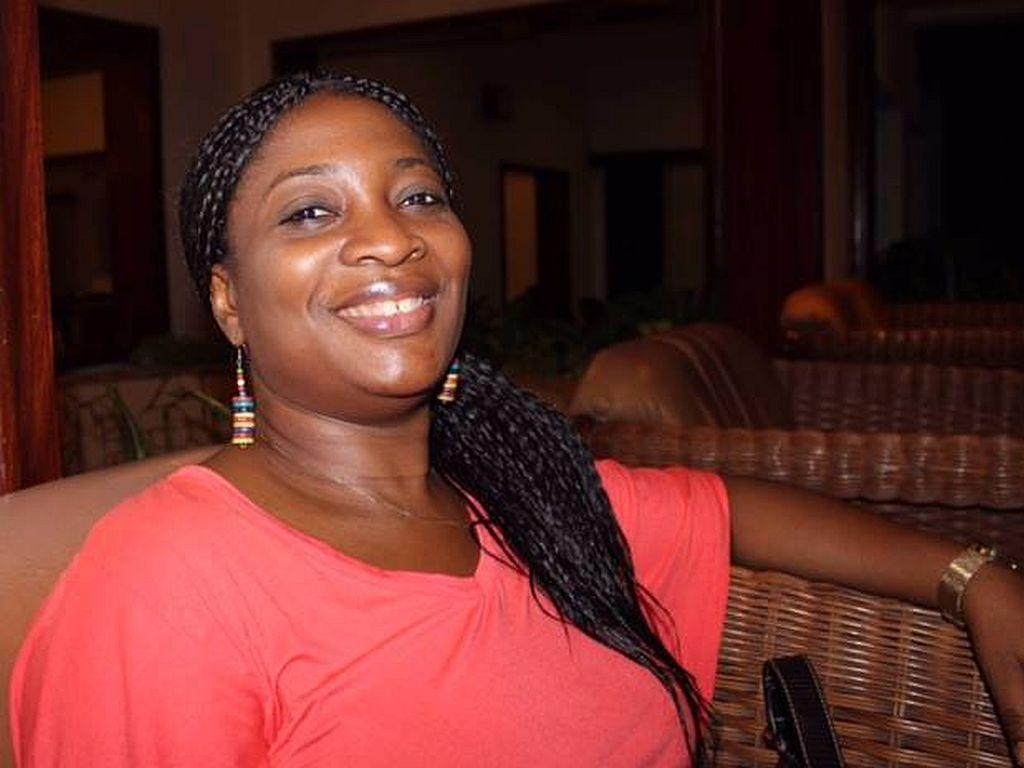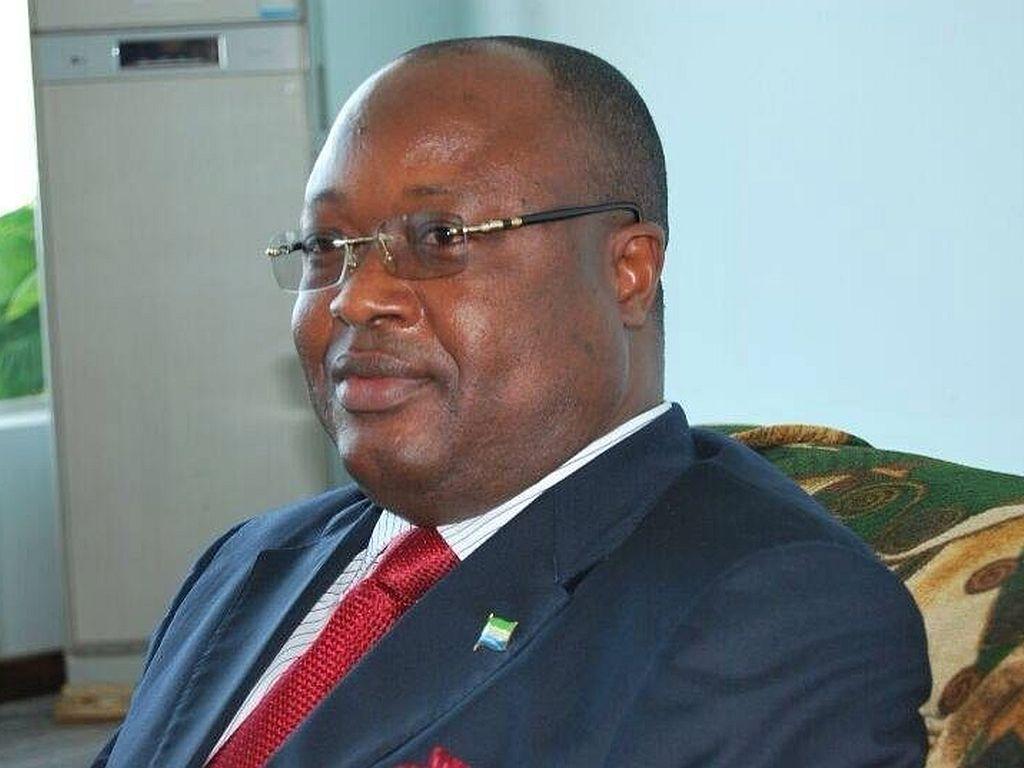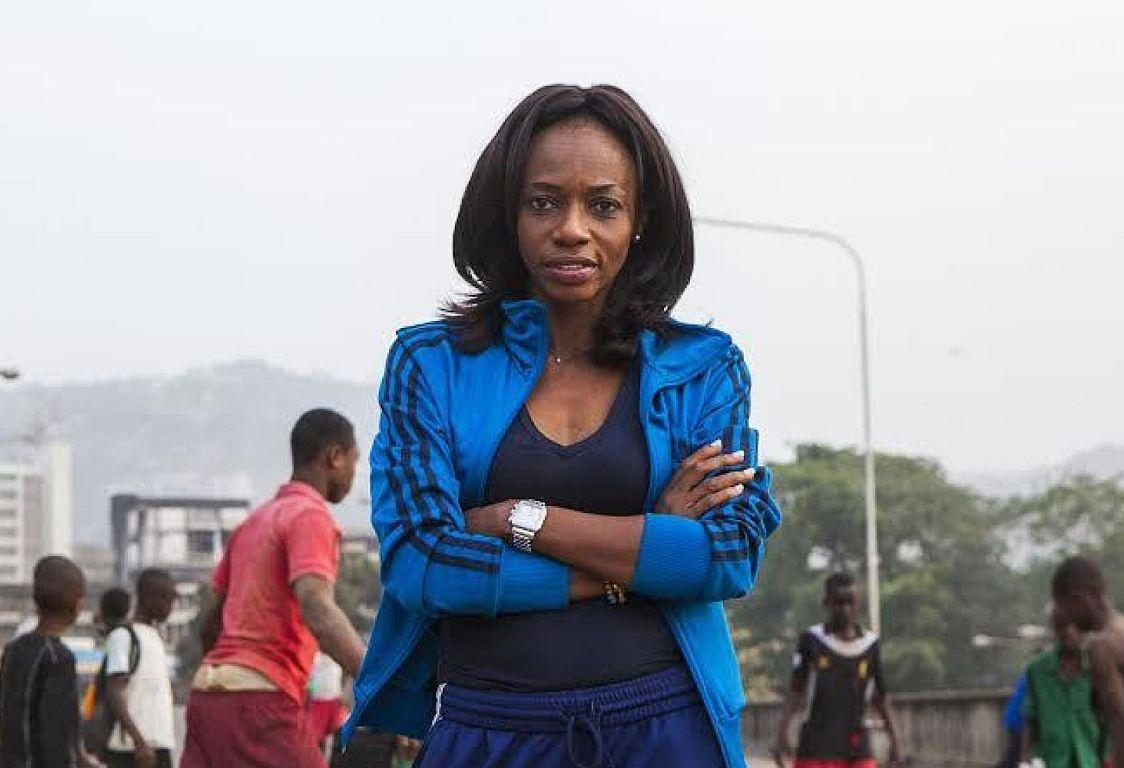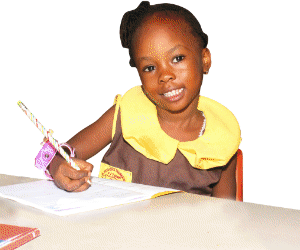By Emma Black
“There have been different figures [given] around the prison riot, from the Ministry of Information, Correctional Services and even the Vice President. The Government promised an independent investigation and we do not know if that was done. And if it was done, we do not have access to any report or recommendations. We are in a dark cloud about the incident. We can’t figure out what actually happened, or the results,” said Abdul Fatorma of the Campaign for Human Rights and Development International (CHRDI), commenting on Sierra Leone’s deadliest prison riot in history.
On April 29, 2020, a riot broke out at the Pademba Road Correctional Centre in Freetown. A preliminary investigation conducted by the Sierra Leone Correctional Services (SLCS), published on July 7, 2020, found that 30 inmates and one SLCS staff died in the violence. Twelve of the inmates died from gunshot wounds.
Dead bodies unclaimed by family
The government buried 24 of the deceased inmates at the Waterloo cemetery after their families refused to identify or claim them, SLCS said.
“We reached out to families and friends over a two-month period. Some relatives promised to come, but they never did, while some told us that they don’t want anything to do with their deceased relative,” said the Public Relations Officer of the SLCS, Chief Officer Leslie F. Cole-Showers. Several government organizations, including the Ministry of Internal Affairs, the Freetown City Council, and the Republic of Sierra Leone Armed Forces, collectively made the decision to bury the unclaimed bodies.
Only six of the 30 deceased inmates were claimed by families.
No Independent Investigation
To date, there has been no independent investigation into the riot.
In March 2021, Prison Watch (PW), a Sierra Leone NGO advocating for the rights of the prisoners, submitted their own report into the prison riot for review and comment, to the SLCS. Days later, the SLCS indefinitely banned the report from publication.
According to local media outlets, citing Cole-Showers, PW’s report was banned because it allegedly falsely claimed that SLCS had buried dead bodies at the prison centre.
In an interview with this writer on April 7 2021, Cole-Showers said that SLCS called relatives and tried several methods to identify the bodies. “We posted pictures of the deceased around the Correctional Centre for relatives or friends to identify and collect them for burial but only six out of the 30 did, though without a signed document for permission to bury the remaining 24, we did so after two months, at a cemetery in Waterloo’’, he said
Abdul Fatorma, of the CHRDI, said that the families of those killed in the riot should have had the opportunity to retrieve the bodies, or at least give formal written permission to the government to bury their relatives. “The Correctional Centre should have sought family consent, or families could have signed a document to say they are not interested in the bodies of their relatives, go ahead and bury them. Burying a body without documented family consent in a situation like this is illegal,” he stated.
“Documentation at the prison is very weak and they probably don’t have accurate records of who was in the Correctional Centre and where they were within the centre. How can we have a Correctional Centre detaining people without records?” asked rhetorically Mr. Fatoma.
“Some [detainees] from Kenema, Pujehun, Kabala, etc. were transferred from one detention center to another, and were at the Pademba Road Correctional Center. Their relatives might be up country and the relatives don’t know about their convicted family members.”
The Communication Officer of the Judiciary, Elkass Sannoh, said that once an offender has been convicted, their safety and security are the responsibility of the SLCS. He added that “if they died while on trial, we may set up an investigation to find out the course of death,” but if they were convicted, as the SLCS claims, the Judiciary may not request an investigation.
41% of the inmate population is in pretrial detention
Fatorma said the safety, security and living conditions of prisoners should match to international standards. The authorities, he said, are not living up to the laws, the Constitution and international treaties that deal with prisons and detention.
The International Covenant on Civil and Political Rights prohibits torture and cruel, inhuman, or degrading treatment or punishment of prisoners without exception or derogation. Article 10 mandates that "[a]ll persons deprived of their liberty shall be treated with humanity and with respect for the inherent dignity of the human person." It also requires that "the reform and social readaptation of prisoners" be an "essential aim" of imprisonment.
As of September 2020, Fatorma added there were 3,808 persons held in detention and correctional centres across the country. Only 33% were convicted, while 41% were in pretrial detention, and 26% were on trial.
Cole-Showers said that SLCS implemented 99% of the recommendations from the July 2020. They have set up psycho-social support for affected inmates and pulled together a multi-sectoral group to examine reforms in the SLCS. The only recommendation they have not yet implemented is the construction of an expanded facility to decongest the Pademba Road Maximum Correctional Centre. “We have received eighty acres of land to construct a new and larger centre at Songo Village in the outcast of Freetown, but the construction is yet to be begin. The rehabilitation of the destroyed facilities has not yet been done because we are focusing on the construction of a new facility.”
What happened on April 29, 2020
According to the (SLCS), inmates reportedly set fire on the walls of store rooms, held SLCS staff hostage, and pelted stones at other officers. Amidst the violence, rival inmate groups within the centre clashed and fought amongst themselves. Inmates refused verbal orders from prison officials to yield and return to their cells. Security officials used teargas and live ammunition to quell the uprising. Armed personnel forced their way into the centre and used force to restore calm.
The report concluded that the riot was sparked by overcrowding, staff shortage, the closure of the tuck shop and reports of a COVID-19 case at the prison.
Earlier , Prison Watch indicated that the inmates protested the perceived preferential treatment of high-profile detainees, while Amnesty International according to its country director, Solomon Sogbandi, said that the riot erupted after inmates expressed health concerns after the first COVID-19 case in the prison was reported the previous day.
The SLCS report states that in late April 2020, there were 1,300 inmates in a facility built to house 324 inmates, showing a 400% overcrowding, and severe SLCS staff shortage.
I journalist contacted the Human Right Commission (HRCSL) multiple times for comment on the topic, but the Commission expressly declined to respond.
Copyright © 2021 Politico Online 23/04/21


